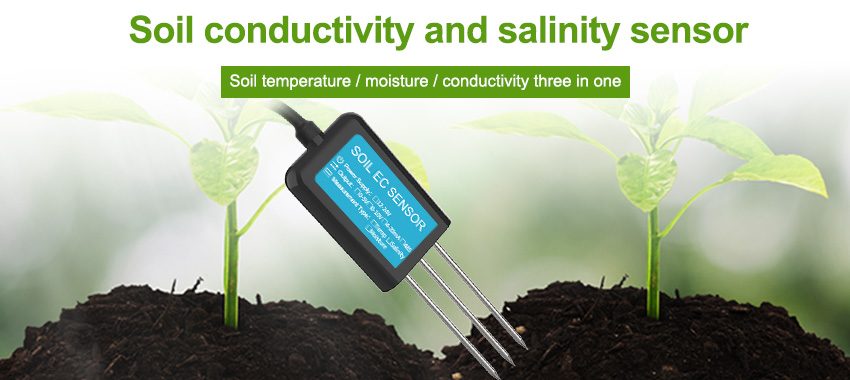In the world of agriculture, soil is often referred to as the “skin of the earth.” It is a complex ecosystem that stores nutrients, supports plant growth, and plays a critical role in food production. However, understanding the intricacies of soil health and optimizing crop growth has always been a challenge. Traditional methods of soil analysis rely on labor-intensive and time-consuming processes, making it difficult to obtain real-time data and make informed decisions. Fortunately, the emergence of soil sensors has revolutionized the way we approach soil management. In this article, we will explore how soil sensors are unlocking the secrets of soil and revolutionizing crop growth.

The Importance of Soil Health:
Soil health is the foundation of successful farming. Healthy soil not only provides plants with essential nutrients but also contributes to water filtration, carbon storage, and biodiversity conservation. However, maintaining soil health requires a deep understanding of its properties and processes. This is where soil sensors come into play, providing valuable insights into key soil parameters.
How Soil Sensors Work:
Soil sensors are devices designed to measure various soil properties, including moisture content, temperature, nutrient levels, pH, and electrical conductivity. These sensors are often embedded within the soil or placed at different depths to capture data from multiple layers. They utilize different principles, such as capacitance, resistance, or time domain reflectometry (TDR), to measure specific soil attributes.
Optimizing Irrigation with Soil Moisture Sensors:
One of the significant challenges in agriculture is optimizing irrigation practices. Overwatering or underwatering can lead to reduced crop yield, wasted water resources, and increased costs. Soil moisture sensors provide real-time data on soil moisture levels, enabling farmers to precisely determine when and how much to irrigate. By integrating these sensors with irrigation systems, farmers can automate irrigation processes and ensure optimal water usage.
Managing Nutrients with Soil Nutrient Sensors:
Nutrients are crucial for plant growth and development. However, excessive or insufficient nutrient application can have detrimental effects on crop yield and environmental sustainability. Soil nutrient sensors help farmers monitor the nutrient levels in the soil accurately. By understanding the nutrient status, farmers can apply fertilizers more precisely, reducing costs, minimizing environmental impacts, and improving crop quality.
pH and Electrical Conductivity Sensors:
Soil pH and electrical conductivity (EC) are essential indicators of soil health. pH affects nutrient availability, microbial activity, and the overall soil chemistry. EC provides insights into soil salinity, an important factor for crop selection and irrigation management. Soil sensors that measure pH and EC can help farmers adjust soil acidity or alkalinity, select suitable crops for specific soil conditions, and optimize irrigation strategies.
Precision Agriculture: The Role of Soil Sensors:
Precision agriculture refers to the use of technology and data-driven approaches to optimize agricultural practices. Soil sensors play a crucial role in precision agriculture by providing real-time data on soil conditions. Integrated with other technologies such as GPS and remote sensing, soil sensors enable farmers to apply resources like water, fertilizers, and pesticides precisely where and when they are needed. This targeted approach reduces waste, improves crop yield, and minimizes environmental impacts.
Challenges and Opportunities:
While soil sensors offer immense potential, there are still challenges to overcome. Standardization of sensor measurements, data interpretation, and sensor reliability are key areas that require further attention. Additionally, the cost of soil sensors and the need for training and technical support may pose barriers to widespread adoption. However, as technology continues to advance and costs decrease, the opportunities for leveraging soil sensors will only increase.

Future Directions:
The future of soil sensors holds great promise. With advancements in technology, we can expect smaller, more durable sensors with improved accuracy and longer lifespans. Integration with the Internet of Things (IoT) and cloud computing will enable seamless data collection, analysis, and sharing. Artificial intelligence and machine learning algorithms can help interpret complex sensor data and provide actionable insights for farmers. Furthermore, combining soil sensor data with weather forecasts, crop models, and historical records will allow for predictive analytics and enhanced decision-making.
Conclusion:
Soil sensors are unlocking the secrets of soil by providing real-time data on critical soil parameters. By leveraging this information, farmers can optimize crop growth, preserve resources, and enhance sustainability. As the world faces in
